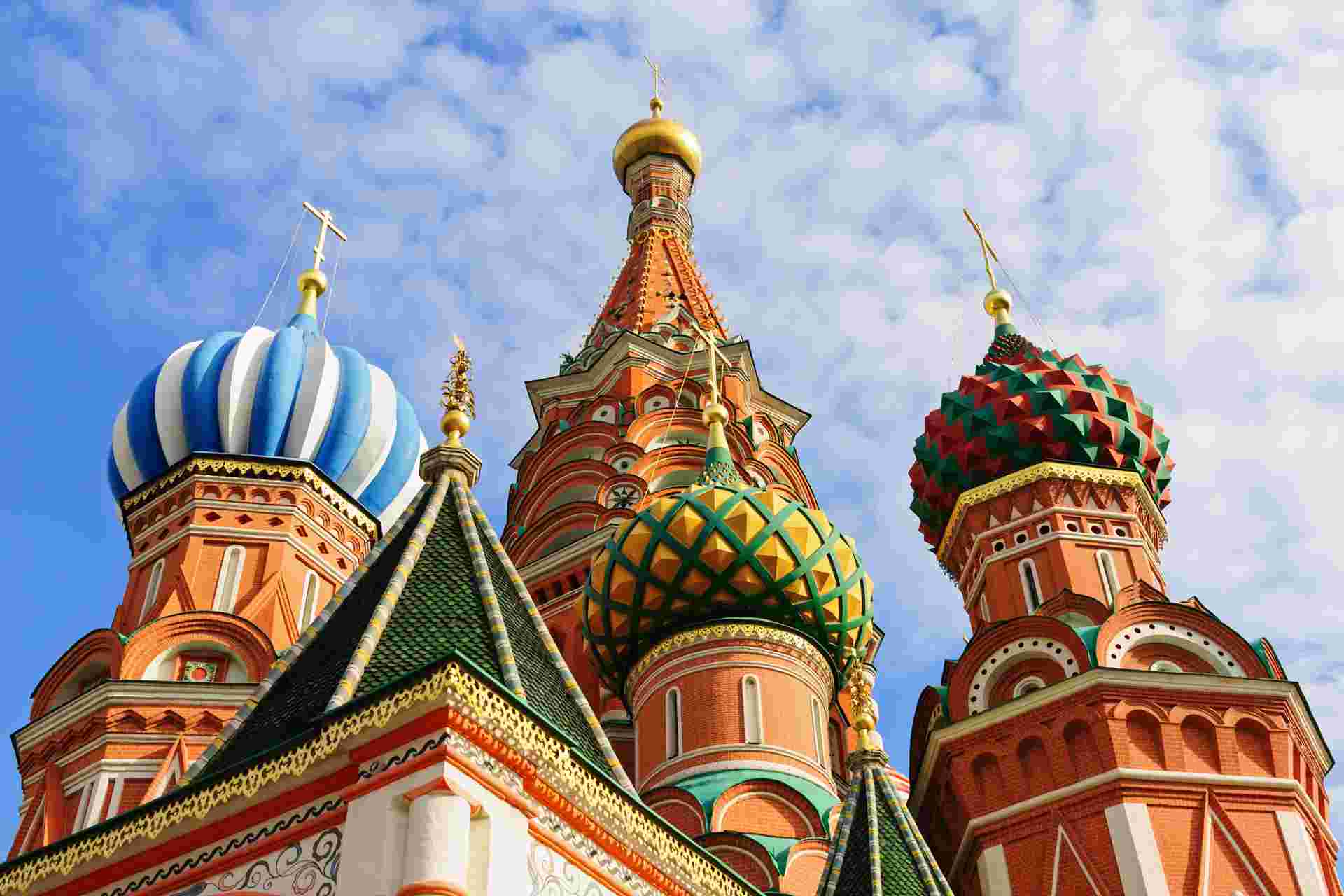Macro: It’s all about elections and keeping status quo
Markets are driven by election optimism, overshadowing growing debt and liquidity concerns. The 2024 elections loom large, but economic fundamentals and debt issues warrant cautious investment.

Head of Macroeconomic Research
It’s always the same old story. Every four years, we wonder if winning the FIFA World Cup does have a positive economic impact. This year, France won the tournament but we can already say, due to the limited duration of the World Cup, that there will be very marginal economic effect at the national level. As a result, it is very unlikely to stop the economic slowdown observed in France since the beginning of the year. On the other hand, can we consider that Russia, as host country, will benefit from the tournament? A priori, calculating the economic impact is much easier. Usually, we know that investments in infrastructure are made, that there is a tourism boom etc. In the case of Russia, the country has made important investments to increase the flow of passengers at local international airports and many railway stations have been renovated.
However, there are already several clues that tend to relativise the potential economic effect of the World Cup.
Russia’s consumer confidence remains low and shows no signs of real improvement. The Public Mood Indices published by the Russian Public Opinion Research Center (graph below) cover various indicators related to economic and social topics, from the political situation to social optimism. We observe a slight increase of these indicators at the end of 2017 (especially for the variables “political situation” and “general vector of development of the country”) but the variable “economic situation in the country” remains sluggish, around 52%, which is way below its previous peak reached in 2014 at 68%, immediately after the military intervention in Ukraine.
In addition, leading indicators point to a slow recovery from the 2016 recession. The OECD Composite Leading Indicator is slightly above the 100 threshold and Saxo Bank’s credit impulse was evolving at 7.7% in Q4 2017 which corresponds to the second strongest quarterly impulse since the GFC. All these indicators tend to confirm a turning point in business cycle. However, the strong credit pulse is essentially a cyclical phenomenon that can be explained by the 2018 presidential election and certainly to a lesser extent by investments related to the World Cup. Such a level is not sustainable. We expect a decrease that would lead to slower GDP growth (around 1.6% next year) partially due to an unhealthy banking sector which remain the main black spot of the Russian economy. According to the latest official data, NPL loans ratio were at 19.80% in February 2018, the highest level since 2011. As long as credit does not irrigate the entire economy, it induces slow growth.
The recent evolution of PMI is another negative signal. PMI indices have reached a high point in Q2 2017/Q1 2018 but since then they have sharply decreased to such a point that manufacturing PMI has gone into contraction in Q2 this year.
There is little chance that the World Cup will kick-start the Russian economy which is facing a combination of major external headwinds: strong US dollar, risk-aversion that leads to outflow of capital from less liquid and less integrated markets, negative China credit impulse, international sanctions and the “Trump risk” that can cause geopolitical escalation between Russia and the USA from one time to another.
Contrary to what we could have supposed, the World Cup, through FX inflows and higher oil prices, hasn’t brought much support to the RUB. Actually, we observe a decoupling relationship between the RUB and oil prices, which has been experienced previously in 2017 as a result of US sanctions against Russia. Since mid-April, the price of Brent has increased more than 20% while the RUB exchange rate has depreciated by about 10% against the USD. The current mismatch is likely to continue as the main force driving down the RUB is the EM currencies crisis resulting from the Fed's monetary policy and Trump’s fiscal policy (although the ongoing crisis is much more limited that the crisis resulting from the Fed tapering in 2013).
On the other hand, higher oil prices, even with a conservative Brent target between 70-75$ per barrel by the end of 2018, will bring undeniable and welcome support to growth. In a simplified way, crude oil explains more that 70% of the evolution of Russian constant GDP (graph below). This will certainly be the main driver of Russian growth in the coming quarters as it will not be able to count on a favorable external environment and easy access to credit at the domestic level.